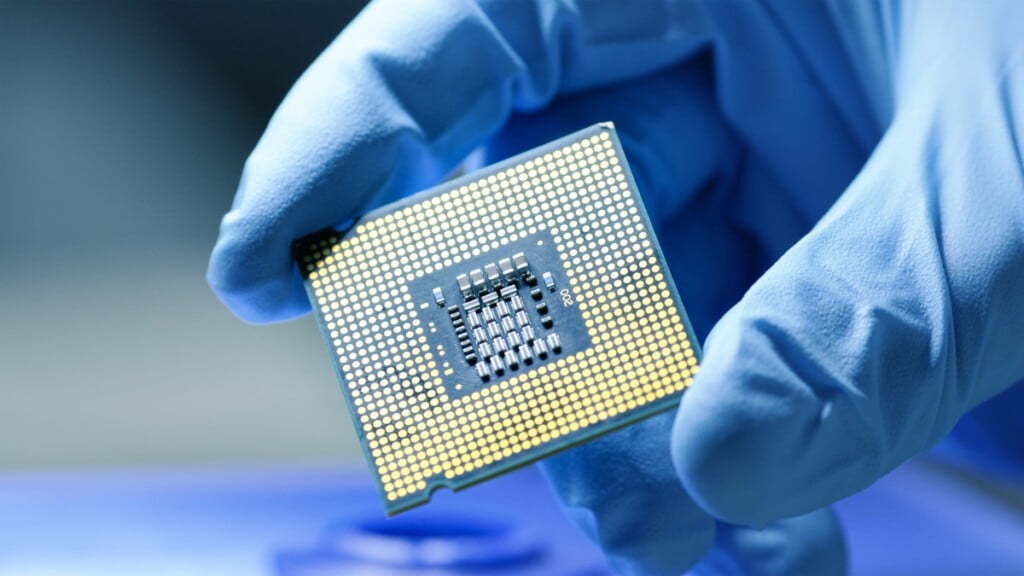The semiconductor chip crisis does not seem to be resolved overnight. Let’s take a look at how this chip shortage started in the auto industry.
The semiconductor chip shortage has been quite harsh for the automobile industry. Along with revenue, a lot of brands have struggled to keep their market share. Additionally, customers also had to face high prices, long delivery times, and delayed vehicle launches. Recent reports suggest that the auto industry will have access to more semiconductor chips in 2022. However, it is unlikely to subside completely. The auto manufacturers will not be able to go all out and build as many vehicles as they want. The shortages are expected to last into 2023 or longer. Manufacturers will have to either make cars with fewer chips or use the higher-tech chips.

Also read: 2021 Mahindra Scorpio And XUV500 Launches Might Be Delayed Due To Semiconductor Shortage!
The semiconductor chip shortage started in March 2020. As the coronavirus pandemic started, auto companies were forced to shut down plants and halt orders from suppliers. However, when the auto industry came back online, the chips it needed weren’t available. Since there was an increased demand from the electronics industry (which apply paid more), suppliers could not the orders quickly (takes about three months to make even the simplest of semiconductors). As the general public had to obey the stay-at-home orders, there was a surge in demand for smartphones, televisions, computers, games, home appliances, etc. Currently, the auto industry only represents five percent of the chip industry. Additionally, cars use mostly older, lower-tech chips that have lower profit margins.
Also read: Mahindra XUV700-like XUV300 Facelift Is Exactly What The Doctor Has Ordered
Cars need chips for everything including door locks, infotainment, brakes, and advanced driver-assist systems. However, currently, only advanced chips are readily available as suppliers would rather make more sophisticated chips with newer technology. It allows them to put more chips on a single silicon wafer and get a better return. Unfortunately, this also puts extra costs on the car manufacturers. The shortage has already cost the global auto industry about $210 billion in lost revenue in 2021. If not for the prolonged chip crisis, the auto industry had a quick and steady rebound during the pandemic. There is an urgent need to fix the systemic flaw in the supply chain.
Also read: This Mahindra XUV700 AX5’s Interior is Plusher than AX7

The chip crisis is quite deep and continues to threaten the expected recovery cycle of new models. As much as 11.3 million units of production have been lost in 2021 because of the chip shortage. It could impact another 7 million units in 2022 and 1.6 million in 2023. Overall, the wholesale car market is unlikely to reach pre-pandemic and pre-chip crisis levels until at least 2025. The semiconductor chip crisis does not seem to be resolved overnight as of now.
Also read: Auto Industry to Benefit as Tata Plans to Start Semiconductor Production


